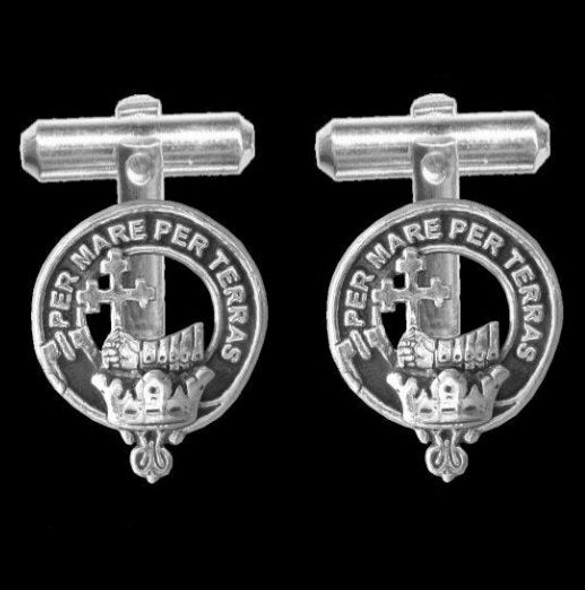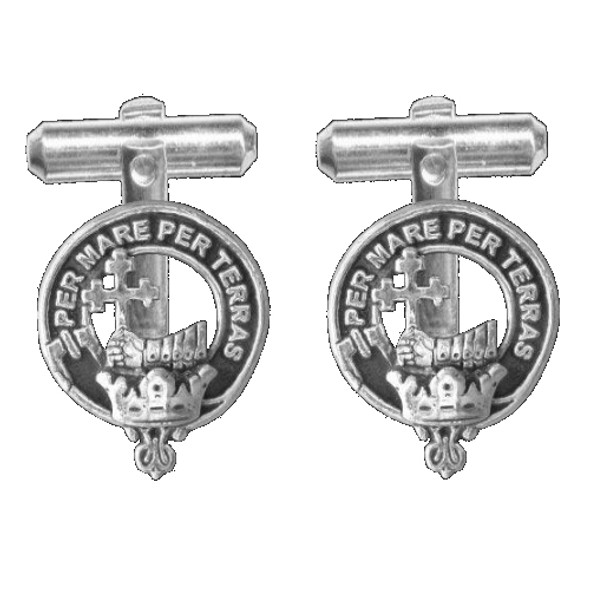Description
Sterling Silver Clan Badge Luckenbooth Pendant
Clan Badge Clan Crest Luckenbooth Heart Pendant
measures 39.00mm (1.53 inches) x 36.00mm (1.41 inches)
Clan Crest Luckenbooth Heart Design
Perfect for any occasion. This is a gift that will be proudly worn by any member of your family.
Questions welcome at anytime, my door is always open for assistance.
HISTORY OF SCOTLAND LUCKENBOOTHS
During the sixteenth to eighteenth centuries there were two main styles of brooch in Scotland; one was the ring brooch, often with incised decoration, and used to fasten plaids by both men and women. This design was called a Pennanular. The other brooch was a heart shaped one, often given at weddings and engagements as a token of love.
From the eighteenth century onwards, small plain heart shaped brooch were worn to protect against evil spirits, the evil eye or the attention of the sithean (fairy spirits). These are the famous "Luckenbooth Brooch".
The name for the Luckenbooth came from there being sold in locked booths. These were small shops, which were in fact very tiny and could be securely locked at night and were a feature of Edinburgh's Royal Mile. These brooches were heart shaped surmounted by a crown and usually made of silver.
The first Luckenbooth brooch date from the late seventh century. This traditional gift was given by a man to his sweetheart on their betrothal. It was considered a lucky charm, protecting the wearer against the evil eye. Among other powers the Luckenbooth was supposed to have, was in easing the pain at childbirth and ensuring a good flow of breast milk when it was pinned to a woman's petticoats near her left thigh. If pinned to the baby's shawl, it would protect the child from being stolen by fairies.
During the XVIII and XIX centuries the Luckenbooth became larger and more elaborate with inscriptions on the back such as biblical references or the initials of the couple and the date of their betrothal.
From 1850 onwards, the intertwined hearts were made to resemble the letter M. These came to be called Mary's brooch or even Queen Mary's brooch for Mary Queen of Scots whose husband, Lord Darnley, had given her one.
Most Luckenbooth brooches today are in the form of two hearts topped by a crown















